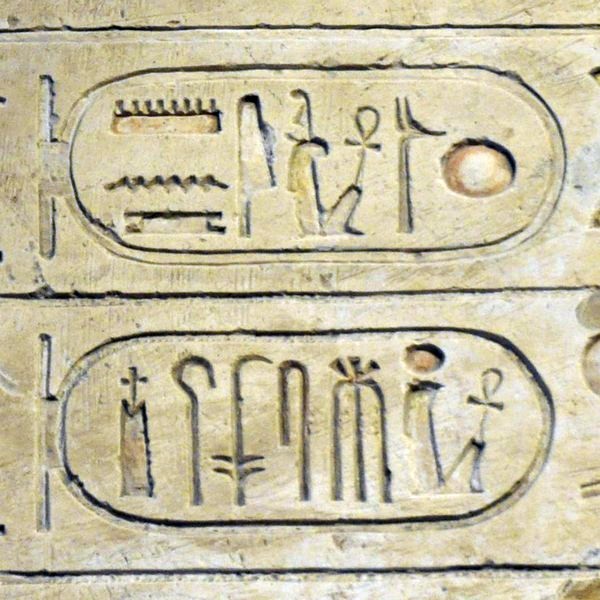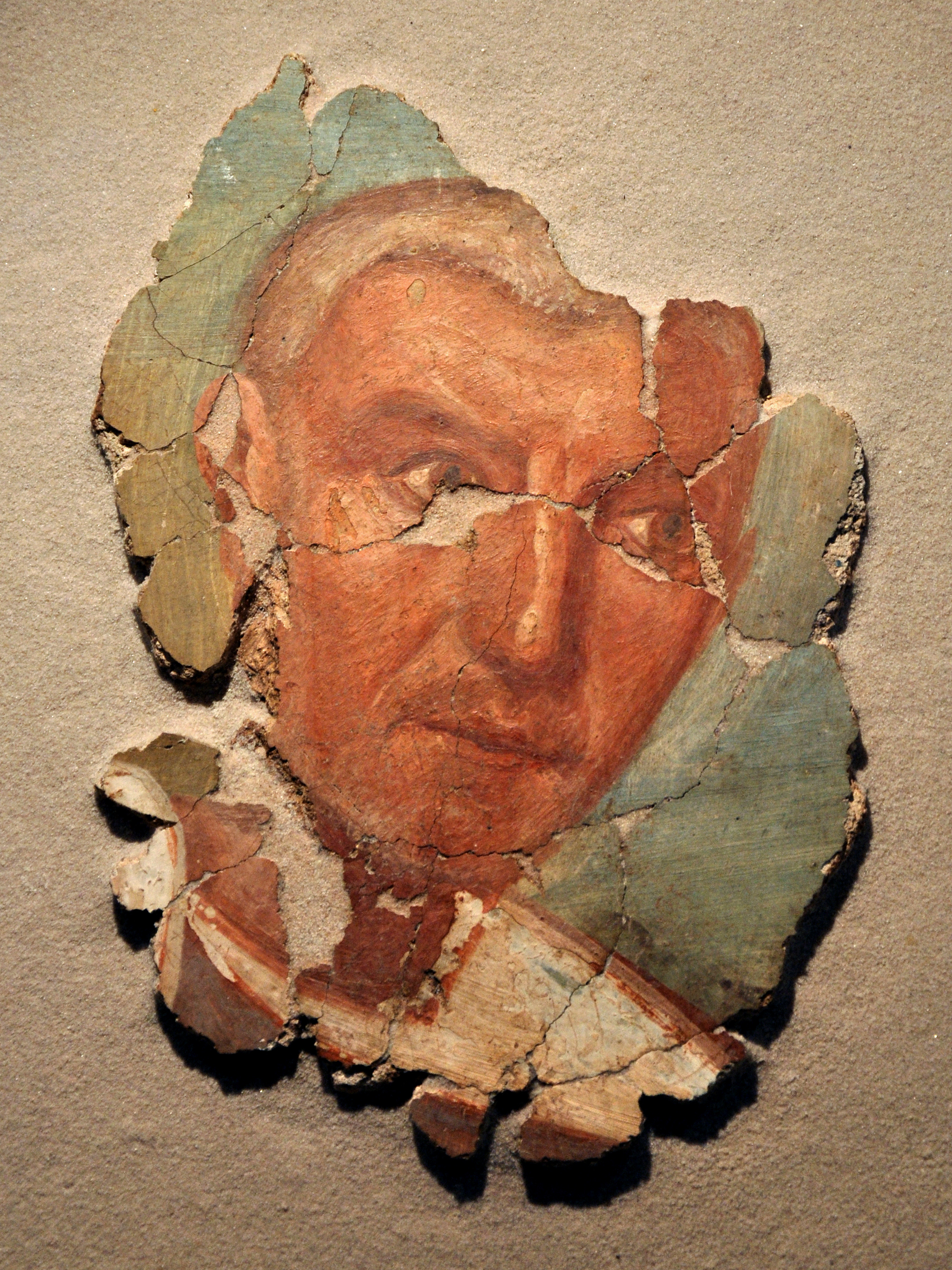|
Floirac, Lot
Floirac () is a commune in the Lot department (46) in south-western France. Geography The commune is located in Quercy on the Causse of Floirac. It is watered by the Dordogne, and bordered to the north-west by its tributary, the Tourmente. Floirac has a surface of 19.02 km² and has 265 inhabitants (as of 2016), which makes a population density of 14 inhabitants per km². The coordinates are 44° 55' N and 1° 39' E. The altitude varies between 90 and 345 metres above sea level, with 140 metres at the town hall. The D43 road and a single track railway crosses it. Neighbouring municipalities Toponymy The toponym ''Floirac'' is based on the Gallo-Roman anthroponymy ''Florus''. The endpoint -''ac'' is derived from the Gallic -''acon'' suffix (itself of the common Celtic *-Āko-), often latinized in-''acum'' in the texts. This ''Floracum'' toponym is found in ''Floracum fundum'' which meant: the domain of Florus. Politics Places and monuments Floirac 46 - Chapelle Saint- ... [...More Info...] [...Related Items...] OR: [Wikipedia] [Google] [Baidu] |
Communes Of France
The () is a level of administrative division in the French Republic. French are analogous to civil townships and incorporated municipalities in the United States and Canada, ' in Germany, ' in Italy, or ' in Spain. The United Kingdom's equivalent are civil parishes, although some areas, particularly urban areas, are unparished. are based on historical geographic communities or villages and are vested with significant powers to manage the populations and land of the geographic area covered. The are the fourth-level administrative divisions of France. vary widely in size and area, from large sprawling cities with millions of inhabitants like Paris, to small hamlets with only a handful of inhabitants. typically are based on pre-existing villages and facilitate local governance. All have names, but not all named geographic areas or groups of people residing together are ( or ), the difference residing in the lack of administrative powers. Except for the municipal arr ... [...More Info...] [...Related Items...] OR: [Wikipedia] [Google] [Baidu] |
Miers, Lot
Miers is a commune in the Lot department in south-western France. See also * Communes of the Lot department The following is a list of the 313 communes of the Lot department of France France (), officially the French Republic ( ), is a country primarily located in Western Europe. It also comprises of Overseas France, overseas regions and ... References Communes of Lot (department) {{Lot-geo-stub ... [...More Info...] [...Related Items...] OR: [Wikipedia] [Google] [Baidu] |
Jean-Louis Ezine
Jean-Louis Ezine, real name Jean-Louis Bunel''Jean-Louis Ezine, dans la douleur du silence'' by Jean-Claude Raspiengeas in '' La Croix'' 23 December 2009. (born 24 September 1948 in ) is a French writer, journalist and radio host. Biography Born Jean-Louis Bunel by the name of his mother before taking that of his father-in-law at the age of three, Jean-L ...[...More Info...] [...Related Items...] OR: [Wikipedia] [Google] [Baidu] |
Max Pugh
Max Pugh is an award-winning British filmmaker who also has French nationality. Since completing a BBC production traineeship in 2000 during which he worked on Paul Robeson: Speak of Me as I Am, he has directed documentaries on a number of subjects, from arts and music to geopolitical issues for the BBC and Channel Four. For several years he was associated with Yeastculture, a group of filmmakers and video artists that made music videos for live stage shows and for art installations as well as TV documentaries. In 2003, his first feature documentary ''The Leech and the Earthworm'' co-directed with Marc Silver screened at international film festivals. That same year, ''The End of the Line'', his fictional short (made with the help of the UK Film Council New Cinema Fund, Screen East and Tilt Films) which starred Miriam Margolyes and David Oyelowo was nominated for best short at the Rushes Soho Shorts Festival and selected for several other international festivals. In 2005, he d ... [...More Info...] [...Related Items...] OR: [Wikipedia] [Google] [Baidu] |
Anthroponymy
Anthroponymy (also anthroponymics or anthroponomastics, from Ancient Greek ἄνθρωπος ''anthrōpos'' / 'human', and ὄνομα ''onoma'' / 'name') is the study of ''anthroponyms'', the proper names of human beings, both individual and collective. Anthroponymy is a branch of onomastics. Researchers in the field of anthroponymy are called ''anthroponymists''. Since the study of anthroponyms is relevant for several other disciplines within social sciences and humanities, experts from those disciplines engage in anthroponymic studies, including researchers from the fields of anthropology, history, human geography, sociology, prosopography, and genealogy. Anthroponymists are required to follow certain principles, rules and criteria when researching anthroponyms. The methods used for research are divided into two major categories: the collecting of anthroponymic information and the analysis and interpretation of anthroponyms. The collection of anthroponymic information include ... [...More Info...] [...Related Items...] OR: [Wikipedia] [Google] [Baidu] |
Gallo-Roman
Gallo-Roman culture was a consequence of the Romanization of Gauls under the rule of the Roman Empire. It was characterized by the Gaulish adoption or adaptation of Roman culture, language, morals and way of life in a uniquely Gaulish context. The well-studied meld of cultures in Gaul gives historians a model against which to compare and contrast parallel developments of Romanization in other, less-studied Roman provinces. ''Interpretatio romana'' offered Roman names for Gaulish deities such as the smith-god Gobannus, but of Celtic deities only the horse-patroness Epona penetrated Romanized cultures beyond the confines of Gaul. The barbarian invasions beginning in the late third century forced upon Gallo-Roman culture fundamental changes in politics, in the economic underpinning, in military organization. The Gothic settlement of 418 offered a double loyalty, as Western Roman authority disintegrated at Rome. The plight of the highly Romanized governing class is examined ... [...More Info...] [...Related Items...] OR: [Wikipedia] [Google] [Baidu] |
Toponym
Toponymy, toponymics, or toponomastics is the study of '' toponyms'' ( proper names of places, also known as place names and geographic names), including their origins, meanings, usage and types. Toponym is the general term for a proper name of any geographical feature, and full scope of the term also includes proper names of all cosmographical features. In a more specific sense, the term ''toponymy'' refers to an inventory of toponyms, while the discipline researching such names is referred to as ''toponymics'' or ''toponomastics''. Toponymy is a branch of onomastics, the study of proper names of all kinds. A person who studies toponymy is called ''toponymist''. Etymology The term toponymy come from grc, τόπος / , 'place', and / , 'name'. The ''Oxford English Dictionary'' records ''toponymy'' (meaning "place name") first appearing in English in 1876. Since then, ''toponym'' has come to replace the term ''place-name'' in professional discourse among geographers. Topo ... [...More Info...] [...Related Items...] OR: [Wikipedia] [Google] [Baidu] |
Martel, Lot
Martel is a commune in the Lot department in southwestern France. It is a small medieval town in a region well known for its walnuts and truffles. History The name of the town means "hammer", and three of these are to be seen on the town's coat of arms. Charles Martel, who earned the nickname "hammer" after his victory in the Battle of Tours in 732, is said to have founded the town. Henry the Young King died here in 1183. In 1219, the town received its charter and was a fiefdom of the Viscounts of Turenne. Geography Martel is located about east of Souillac and north of the River Dordogne. To the north lies the commune of Cazillac, to the northeast Strenquels, to the east Saint-Denis-lès-Martel, to the southeast Floirac, to the south Montvalent, to the southwest Creysse, to the west Baladou and to the northwest Cuzance. The countryside is rural with rolling hills, pastureland and the cultivation of walnuts. North of the town lies the elevated limestone plateau of Causs ... [...More Info...] [...Related Items...] OR: [Wikipedia] [Google] [Baidu] |
Montvalent
Montvalent is a commune in the Lot department in south-western France. Geography Montvalent is located in the north of the Lot. It is situated on the D840 between the towns of Martel and Gramat. The commune is in the valley of the river Dordogne, and is easily reached from the autoroute A20 (Junctions 54, Martel or 55, Souillac). Demography The inhabitants of Monvalent are known as ''Monvalentais''. Places and monuments At the bottom of the cliffs below the village of Montvalent, the underground river from the Gouffre de Padirac resurfaces near the Dordogne. Montvalent is just 10 minutes by car to the famous pilgrimage site of Rocamadour and pilgrims often stopped in the village on their way. See also *Communes of the Lot department The following is a list of the 313 communes of the Lot department of France. The communes cooperate in the following intercommunalities (as of 2020): [...More Info...] [...Related Items...] OR: [Wikipedia] [Google] [Baidu] |
Carennac
Carennac () is a commune in the Lot department in south-western France in the historical region of Quercy. The village lies in the fertile valley of the Dordogne under the arid plateau locally named 'le Causse'. Its landmarks include a medieval priory, combining an 11th-century church and cloister, and a 16th-century castle, in which the author of ''The Adventures of Telemachus'', François Fénelon, lived from 1681 to 1685. The church features a tympanum, and the cloister a 15th-century "mise au tombeau". Activities Carennac is one of the most beautiful villages of France (along with 148 others, including neighbouring Loubressac, Autoire, Curemonte and Turenne). The summer months are warm and dry, with temperatures averaging 30°. Surroundings and access A few kilometres from the village are the Gouffre de Padirac (caves) and Rocamadour (pilgrimage) sites. Other landmarks are the Château de Castelnau-Bretenoux, the Castle of Montal and the prehistoric caves of Lacav ... [...More Info...] [...Related Items...] OR: [Wikipedia] [Google] [Baidu] |
Lot (department)
Lot (; oc, Òlt �l is a department in the Occitanie region of France. Named after the Lot River, it lies in the southwestern part of the country and had a population of 174,094 in 2019.Populations légales 2019: 46 Lot INSEE Its is Cahors; its subprefectures are Figeac and Gourdon. ...
|
Vayrac
Vayrac (; oc, Vairac) is a commune in the Lot department in south-western France. The inhabitants of Vayrac are called the Vayracois. Geography Location Vayrac is located in the Haut Quercy, in the north of the Lot, in the Valley of the Dordogne Lotoise between Martel and Bretenoux on the D803 and on the edge of the Sourdoire and Maumont rivers. Neighbouring communes The commune is bordering the Corrèze department. Toponymy The name Vayrac, of Gallo-Roman origin, is based on a surname Varius. The ending -ac is derived from the suffix Gallic -acon (itself from the common Celtic *-āko-), often Latinized in -acum in the texts. This is the domain of Varius. History In the Vayrac commune is found the Gaulish oppidum of the Puy D'issolud (about 300 m above sea level). This site was officially recognised, in April 2001, by the French Ministry of Culture as the site of ancient Uxellodunum, the location of the last battle of Julius Caesar against the rebel Gauls in 51 B.C. po ... [...More Info...] [...Related Items...] OR: [Wikipedia] [Google] [Baidu] |



